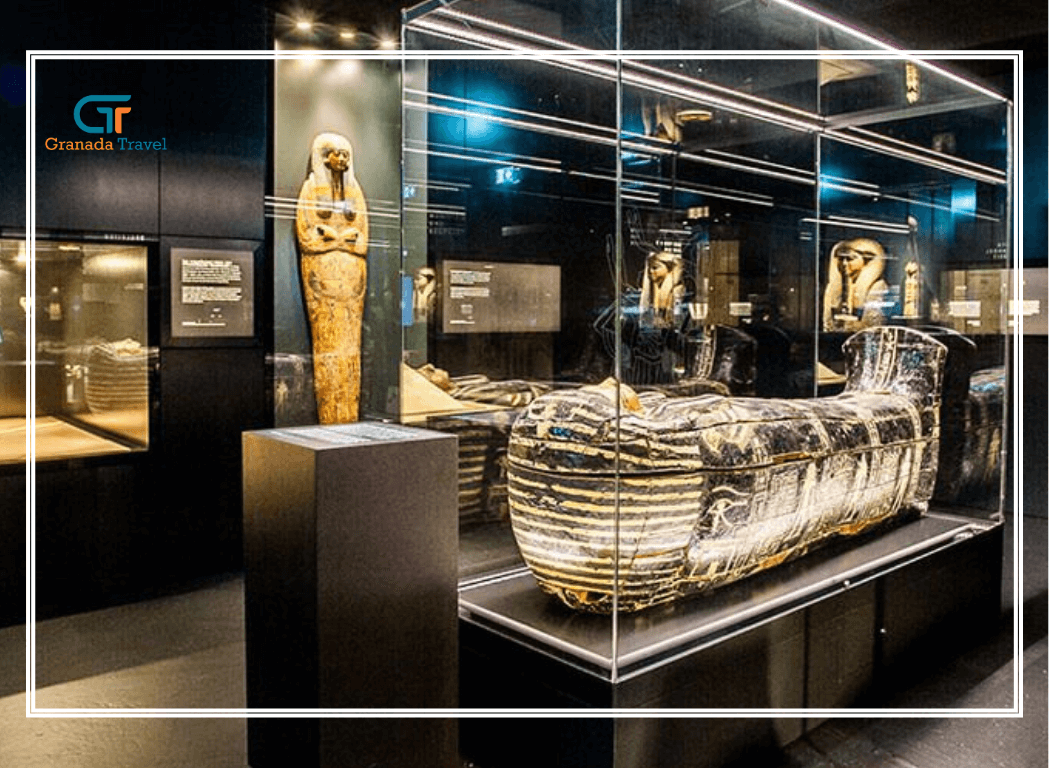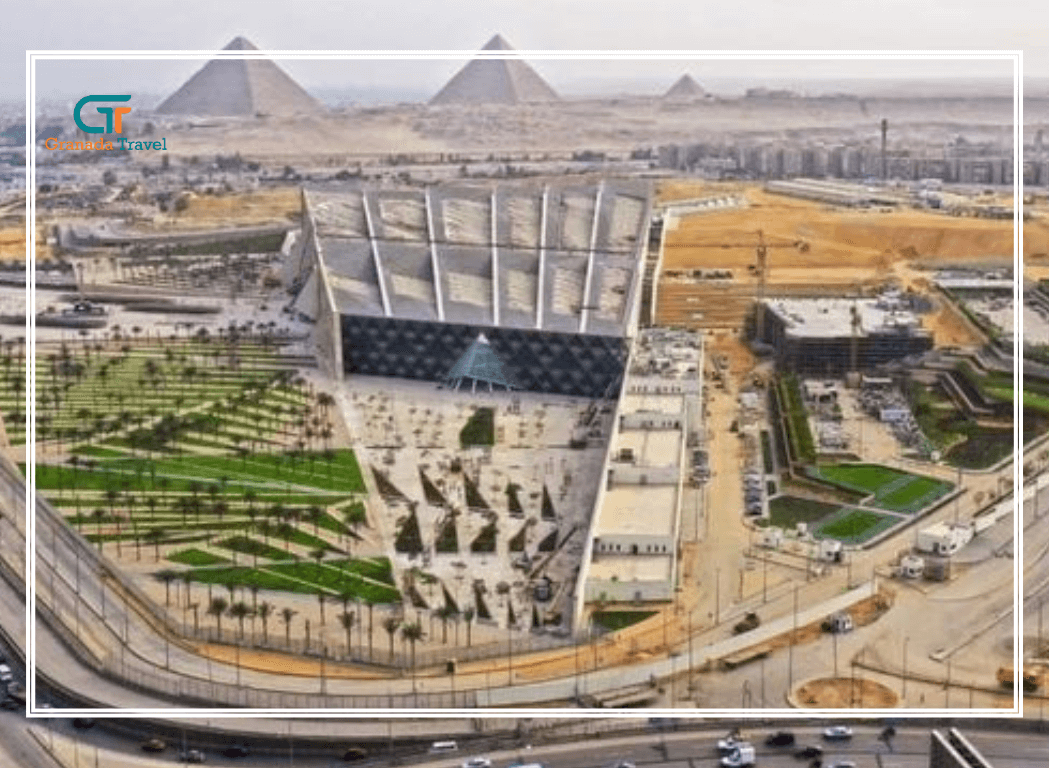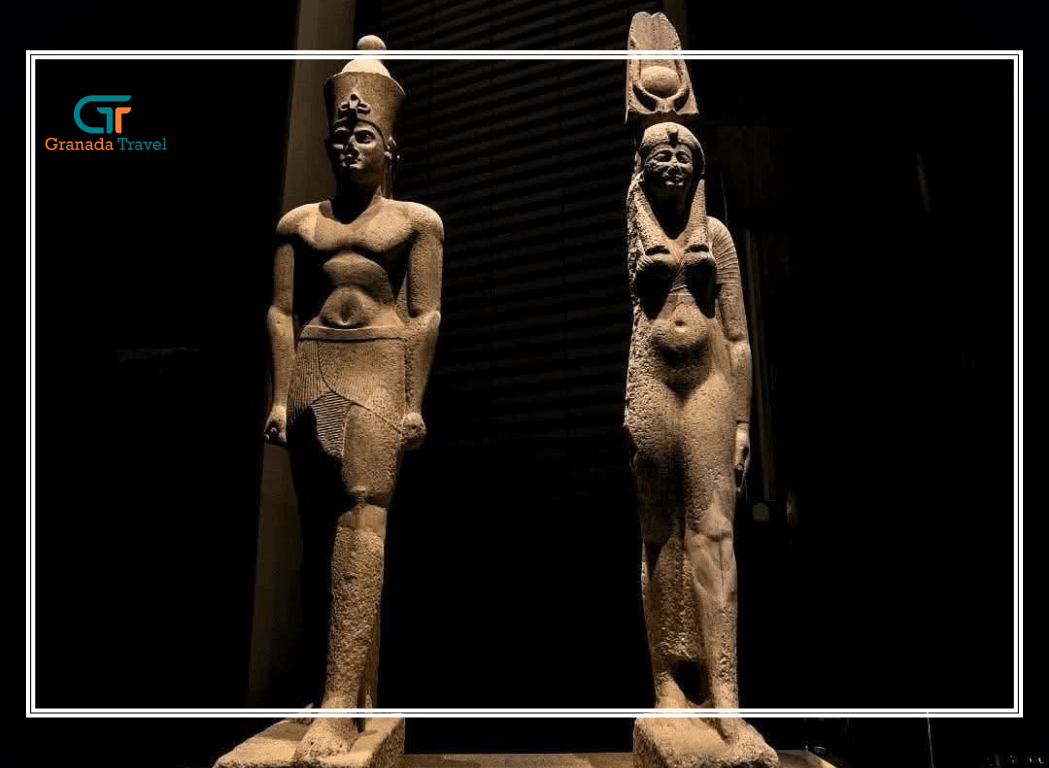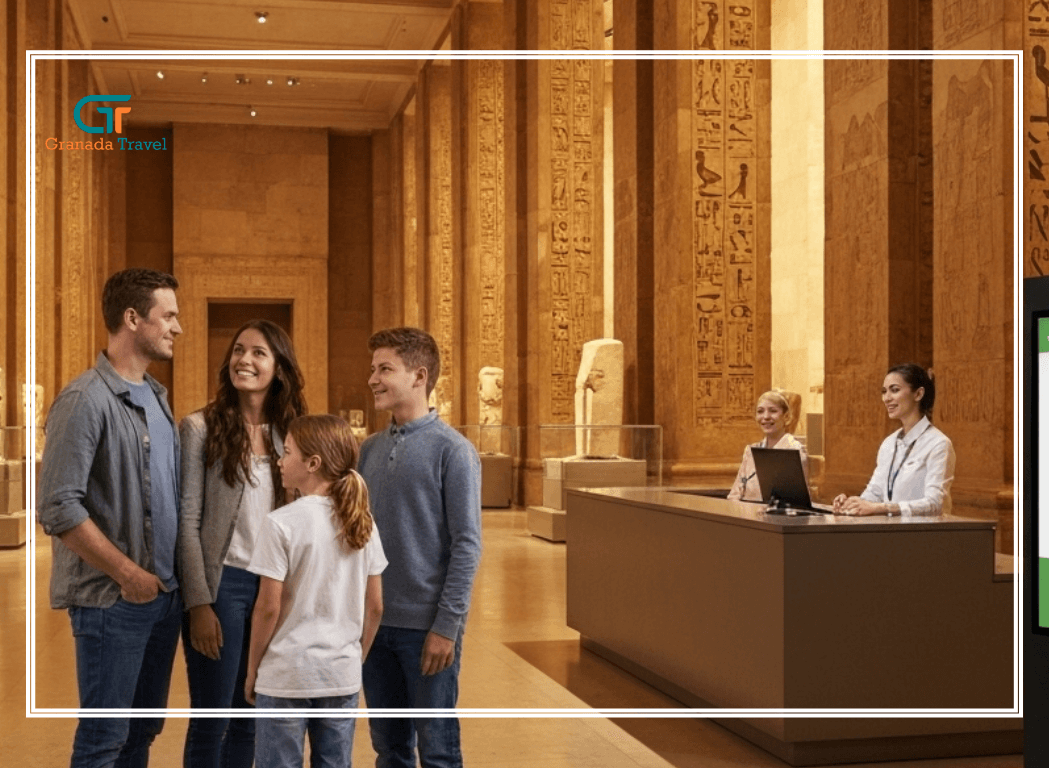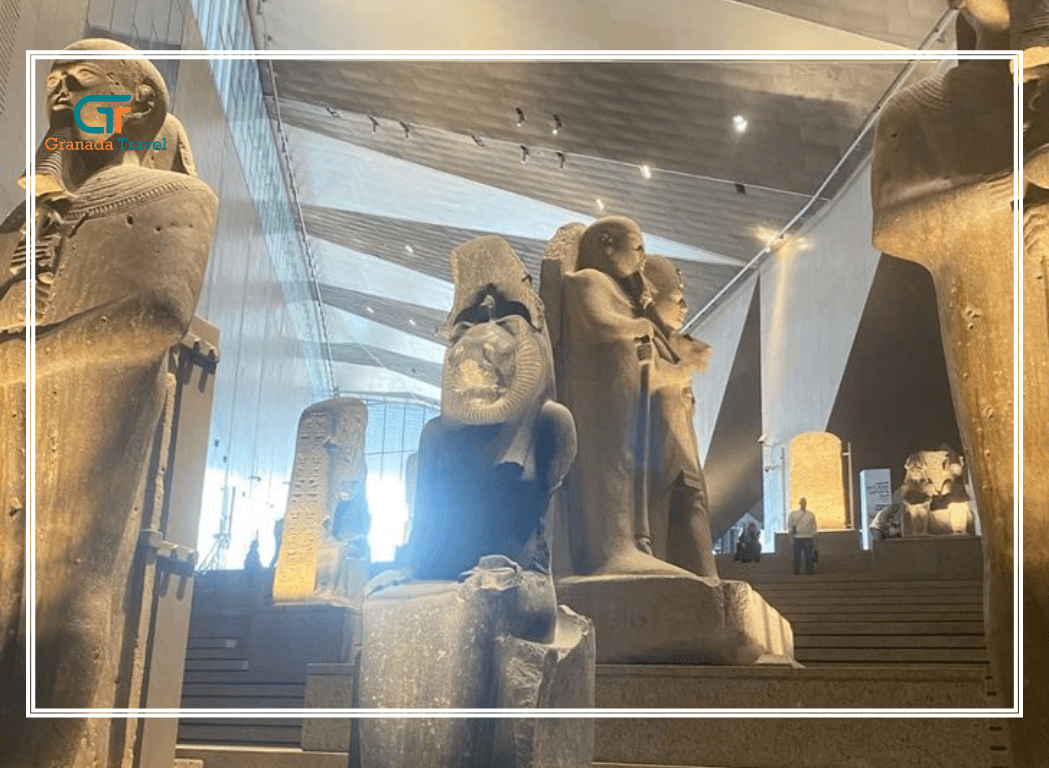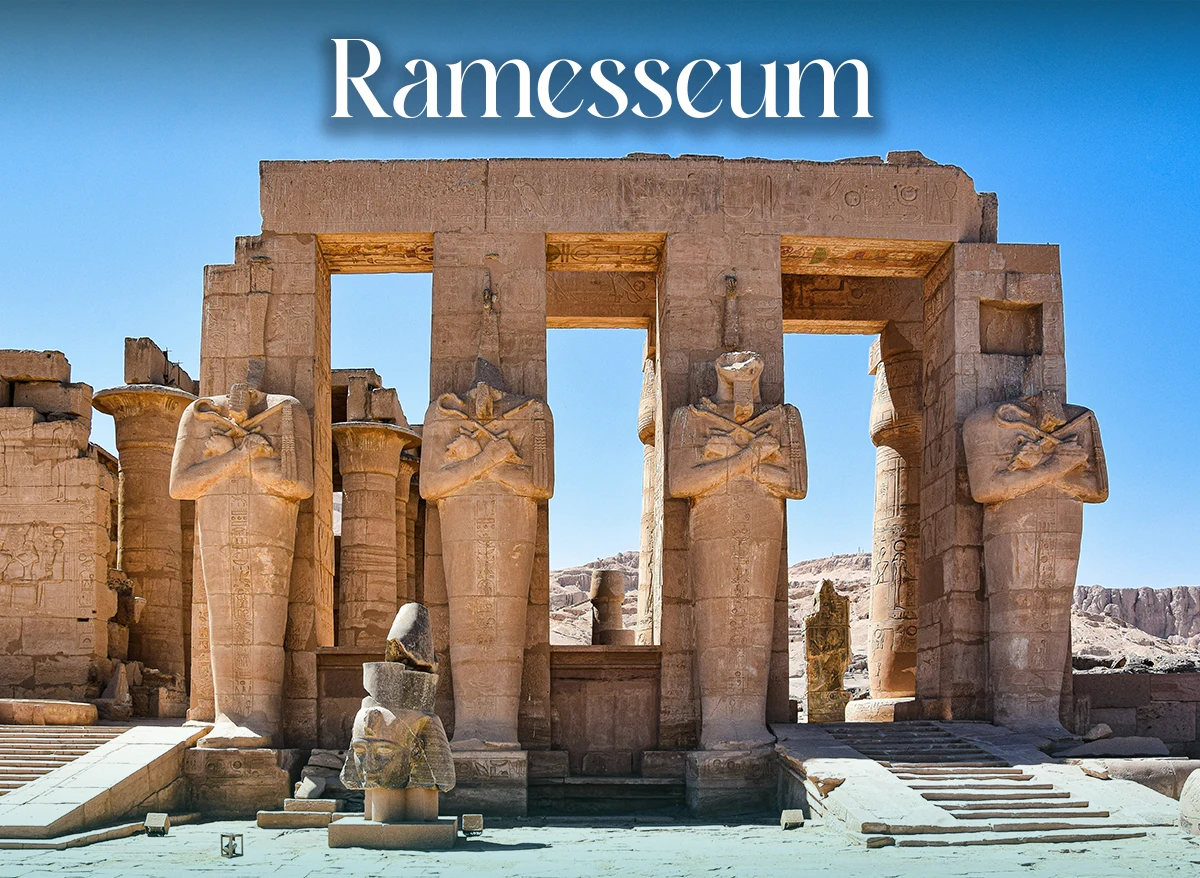
The Enduring Grandeur of the Ramesseum: A Testament to Ramesses the Great
Nestled on the western bank of the Nile River, opposite modern-day Luxor, lies the Ramesseum, the mortuary temple of Pharaoh Ramesses II. This monumental complex, though largely in ruins today, continues to captivate archaeologists, historians, and visitors alike, offering a profound glimpse into the wealth, power, and artistic brilliance of ancient Egypt's most prolific builder. The Ramesseum is not merely a collection of stones; it is a whisper from a bygone era, a grand declaration of a pharaoh's enduring legacy.
Who Built the Ramesseum and When Was the Ramesseum Built?
The Ramesseum was commissioned and built by Ramesses II (also known as Ramesses the Great), the third pharaoh of the Nineteenth Dynasty, who reigned for an astonishing 66 years from approximately 1279 to 1213 BCE. Construction began early in his reign, likely before his second regnal year, and it was conceived as his "House of Millions of Years", a place for his eternal cult, dedicated to the god Amun and the deified king himself. This grand undertaking, like many of Ramesses II's projects, was a testament to his ambition and his desire to leave an indelible mark on the landscape of Egypt.
Why is Ramesses II So Famous?
To understand the Ramesseum, one must first understand the man behind it. Why is Ramesses II so famous? His fame stems from a confluence of factors: his incredibly long reign, his prodigious building programs, his military campaigns, and his adept use of propaganda. He was a master of self-promotion, ensuring his name and image were etched into nearly every monument across Egypt. He led numerous military expeditions, most famously the Battle of Kadesh against the Hittites, which, despite being a tactical stalemate, was extensively depicted on temple walls (including the Ramesseum) as a resounding victory. His vast family, with over 100 children, further cemented his image as a powerful and virile ruler. Ramesses II's reign marked a pinnacle of New Kingdom power and prosperity, and his legacy as a "Great Ancestor" endured for centuries.
What is the Ramesseum Famous For?
The Ramesseum is famous for several key features, even in its current state of ruin. Foremost among these is the remnants of a colossal Ramesseum statue of Ramesses II himself. Originally standing an estimated 17 to 20 meters tall and weighing over 1,000 tons, this seated statue was one of the largest freestanding sculptures ever attempted in ancient Egypt. Though now shattered, its surviving fragments, particularly the enormous head, still convey its immense scale and the pharaoh's aspiration to divine status.
Beyond the colossal statue, the Ramesseum is renowned for its architectural grandeur, even in its ruined state. It once boasted massive pylons, expansive courtyards, and an impressive hypostyle hall. The walls are adorned with intricate and vibrant reliefs depicting Ramesses II's military triumphs, notably the Battle of Kadesh, and scenes of religious rituals and offerings to the gods. These detailed carvings serve as invaluable historical documents, providing insights into ancient Egyptian warfare, religious practices, and royal ideology. The sheer ambition and scale of the Ramesseum reflect the peak of New Kingdom architecture and artistry.
Exploring the Ramesseum Luxor: A Journey Through Time
A visit to the Ramesseum Luxor is a journey back in time. As you approach the site, you're immediately struck by the sheer expanse of the complex, even with much of it reduced to rubble. The Ramesseum is located within the vast expanse of the Theban Necropolis, a sprawling funerary landscape on the west bank of the Nile, home to countless tombs and mortuary temples.
The temple's original layout followed the standard New Kingdom mortuary temple plan, beginning with massive mud-brick walls enclosing the entire complex, measuring approximately 270 meters by 175 meters. The temple proper was about 180 meters long and 66 meters wide.
Upon entering, visitors would have passed through the remains of two towering pylons, now largely collapsed. These were once adorned with vivid reliefs depicting Ramesses II's military prowess. Beyond the first pylon lay the first courtyard, where the monumental Ramesseum statue once stood guard. The sheer size of its fragments today still evokes a sense of awe, even for a seasoned traveler to Egypt.
Moving further, you enter the second courtyard, which would have featured colonnades and further statues. The hypostyle hall, though heavily damaged, still reveals the impressive scale of its papyrus-bundle columns, many still bearing traces of their original vibrant paint. Beyond this, a series of smaller halls, offering rooms, and sanctuaries would have led to the innermost holy of holies, dedicated to Amun-Ra and the king's deified spirit.
One can also explore the remnants of vast storerooms and granaries that surrounded the temple, indicating the enormous economic infrastructure required to support such a grand complex and its priestly staff. These practical aspects of the temple reveal its dual function as both a spiritual center and a significant economic hub.
Ramesseum Facts: Beyond the Obvious
Beyond its visual grandeur, several intriguing Ramesseum facts add to its mystique:
- "The Tomb of Ozymandias": The Ramesseum is famously associated with Percy Bysshe Shelley's 1818 poem "Ozymandias," which was inspired by the fallen colossal statue of Ramesses II. The poem eloquently captures the transience of human power and the enduring power of art, making the Ramesseum a symbol of fleeting glory.
- A Model for Future Temples: The architectural design and layout of the Ramesseum served as a significant inspiration for later mortuary temples, most notably the mortuary temple of Ramesses III at Medinet Habu, which is much better preserved. Studying the Ramesseum therefore offers insights into the evolution of Egyptian temple architecture.
- Archaeological Discoveries: Ongoing archaeological work at the Ramesseum Egypt continues to uncover new insights. Discoveries of fragments of terracotta statues of various deities and remnants of accounting documents for provisions highlight the multifaceted nature of the temple complex.
- Ramesseum Tentyris: While the primary location of the Ramesseum is in Luxor, the name "Ramesseum Tentyris" sometimes appears in popular culture, often in fictional contexts or games, drawing inspiration from the historical site and the ancient Egyptian city of Tentyris (modern Dendera), which also had a significant temple. This highlights how the allure of ancient Egypt and figures like Ramesses II continues to inspire modern imagination.
Visit the well-preserved Edfu Temple, dedicated to the falcon god Horus.
Ramesseum Reviews and Visitor Tips
For those planning a visit, Ramesseum reviews often highlight its atmospheric charm and the sense of historical depth it offers. While less complete than some other temples in the region, its ruined state adds to its unique appeal, allowing for a more imaginative reconstruction of its former glory. Many visitors appreciate the relative quiet compared to more crowded sites, allowing for a more contemplative experience.
When visiting the Ramesseum photos are a must to capture the scale of the remaining structures and the intricate details of the reliefs. It's advisable to go in the cooler morning or late afternoon hours. Comfortable walking shoes are essential as you'll be navigating uneven terrain. Consider hiring a local guide to illuminate the site's history and decode the hieroglyphic inscriptions, bringing the stories on the walls to life. The Ramesseum temple Luxor is an integral part of any comprehensive tour of the ancient wonders of Egypt.
Preservation and the Future
Like many ancient sites, the Ramesseum has faced the ravages of time, natural disasters (including an earthquake in 27 BCE), and even ancient looting. However, ongoing restoration efforts, often in collaboration with international partners, aim to preserve this invaluable piece of heritage. These projects focus on documentation, stabilization of remaining structures, and the careful reassembly of fallen blocks, ensuring that future generations can continue to marvel at the achievements of Ramses the Great.
The Enduring Legacy of the Temple of Ramesseum
The temple of Ramesseum stands as a powerful symbol of the ambition, piety, and enduring legacy of Ramesses II. It is a monument that speaks not only of a pharaoh's desire for immortality but also of the profound artistry and engineering prowess of ancient Egyptian civilization. From the colossal Ramesseum statue that once dominated its entrance to the intricate battle scenes etched into its walls, every corner of the Ramesseum tells a story. While much has been lost to time, the fragments that remain continue to inspire awe and curiosity, inviting us to contemplate the grandeur of a civilization that was built for eternity. A visit to the Ramesseum Egypt is an unforgettable experience, a tangible connection to one of history's most fascinating rulers and the magnificent world he inhabited.
Discover the wonders of Luxor Egypt, the world’s greatest open-air museum.

